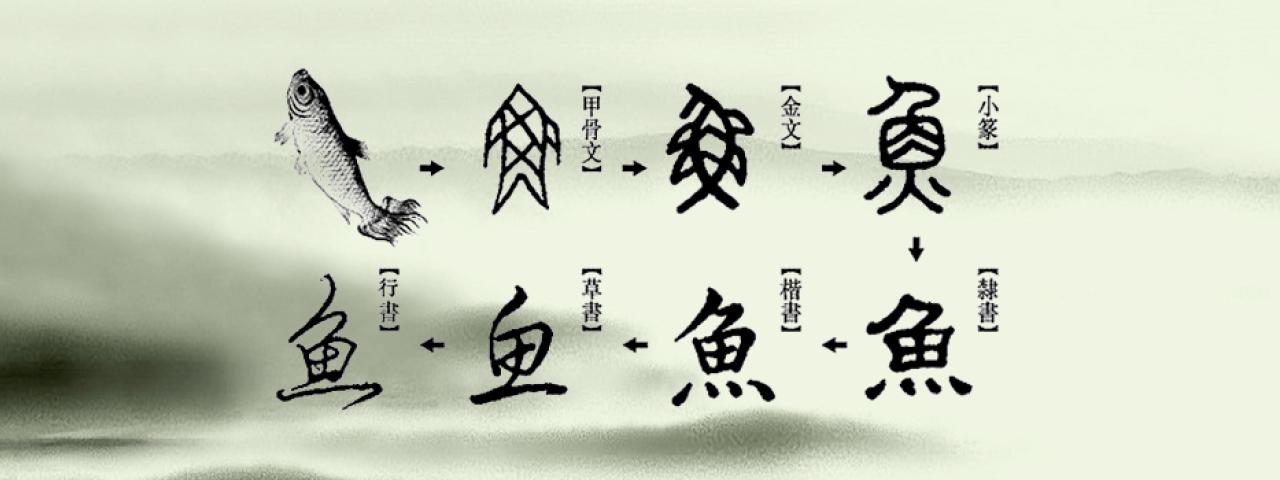
At a recent Faculty Lunch Seminar Series, Ye Lu, who teaches Chinese at NYU Shanghai, talked about the history of Chinese characters. The following exchange grew out of that presentation.
Is it difficult to teach Chinese?
Overall, teaching Chinese is not very difficult. But teaching the pronunciation of Chinese is quite challenging, because of its tones. And failure of communications may just be due to a subtle difference among tones, for example,the pronunciation of “水饺 Chinese dumpling” is “shuǐjiǎo,” while the pronunciation of “睡觉 to sleep” is “shuìjiào.” The pronunciation of these two words are very close, yet the meanings are totally different.Many international students who speak a language without tones find it very difficult to pronounce Chinese accurately.
So, proper diction is a key to learning Chinese?
Yes, that is why we practice pronunciation a lot. I correct their mistakes almost every time. Some can be improved without reoccurrences, while others are hard to overcome, such as “Wǒ hěn máng (“I am busy”), and Wǒ hěn lèi (“I am tired”). As a Chinese language instructor, I must provide the correct example, lots of practices and different ways to improve.
Do all characters come from pictographs?
Almost all the ancient characters are based on pictographs. But one type of the "self-explanatory character," such as “一”(means “one”), “二”(means “two” ), “三”(means “three”), “上”(means “up”) (Oracle Bone Inscriptions of “上“ ), “下”(means “down”) (Oracle Bone Inscriptions of “下” ) are purely symbolic. Pictographic scripts, self-explanatory characters, associative compounds, pictophonetic characters are four important character-formation methods.
Can a mandarin reader decipher ancient characters?
It’s very hard for a mandarin reader to decipher the ancient characters – i.e. Oracle Bone inscriptions, bronze inscriptions, and small seal characters - because these kinds of characters are quite different from the ones we use today. However, it’s possible that the meaning of a small number of ancient characters can be inferred from their written form because of their close relationships to pictures.
Along the centuries, was "nation-building” or the search for greater efficiency the driving force behind the refinements and simplifications of Chinese characters?
Both of them contributed to the simplification of Chinese characters. At the beginning of the 20th century, there was a cry for simplification of Chinese characters. Many scholars were dismayed by the new ideas, culture and technology emanating from the western countries. They thought that the difficulty of writing characters was the cause of the failure to spread education which, to a large extent, led in turn to the decline of Qing dynasty.
So to bolster China’s standing, some intellectuals advocated for both the romanization and simplification of Chinese characters. Later after the founding of new China, the government introduced what is known today as simplified Chinese characters to eliminate illiteracy and achieve universal education.
Meanwhile, it’s also the political result in response to the promotion of international language launched by the Soviet Union. So the simplified characters were considered as an expedient measure during the transitional period of romanization of the Chinese characters.
How important is pinyin in today’s education of young students learning to read and write in Chinese?
In general, Chinese students start to learn pinyin in elementary school. However, in some cities, kids start to learn pinyin in the kindergarten.
It’s very important for young students to learn pinyin because it serves as tool to learn pronunciation, characters and Mandarin speaking.
Who approves the creation of new characters today?
Political leaders like Chairman Mao, and experts and scholars like Qian Xuetong, Wu Yuzhang, Chen Zhangtai, played a decisive role in the simplification of Chinese characters. Today the State Language Commission decides which of the new words will be absorbed into the Modern Chinese Dictionary based on the study of several corpora. Whether new words from our daily life can be considered as an official part of Modern Chinese depend on the frequency and stability of the words, as well as the value the word conveys. For example, "bye-bye" is used widely in China. So the newest edition of Modern Chinese Dictionary use the characters “ 拜拜 báibái” to represent “bye-bye” because of the similar pronunciation, in which “拜bài” originally means make obeisance, etiquette of respect in ancient China.
How did the simplification of Chinese characters in the 1950s affect daily life?
The simplification of Chinese characters in the 1950s brought a lot of convenience to people’s daily life. Back in 1950s and 1960s, the general public enthusiastically embraced new knowledge. Using the simplified Chinese characters improved writing efficiency and reduced illiteracy.
What do you recommend your students do to be a successful learner of Chinese?
1.”Practice makes perfect.” Lots of practice is essential to language learning.
2. Step out of your ”English comfort zone.” When you are learning Chinese in China, it’s advisable to make good use of the language learning environment. Try to talk to Chinese people, no matter who they are, for example, a cab driver, a waiter in Starbucks, the guy selling street food. You can learn a lot from them. Don’t be afraid to make mistakes. It’s totally fine.
3. “Put yourself in Chinese shoes.” Try to understand the Chinese culture and develop intercultural competence.

